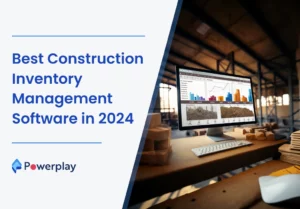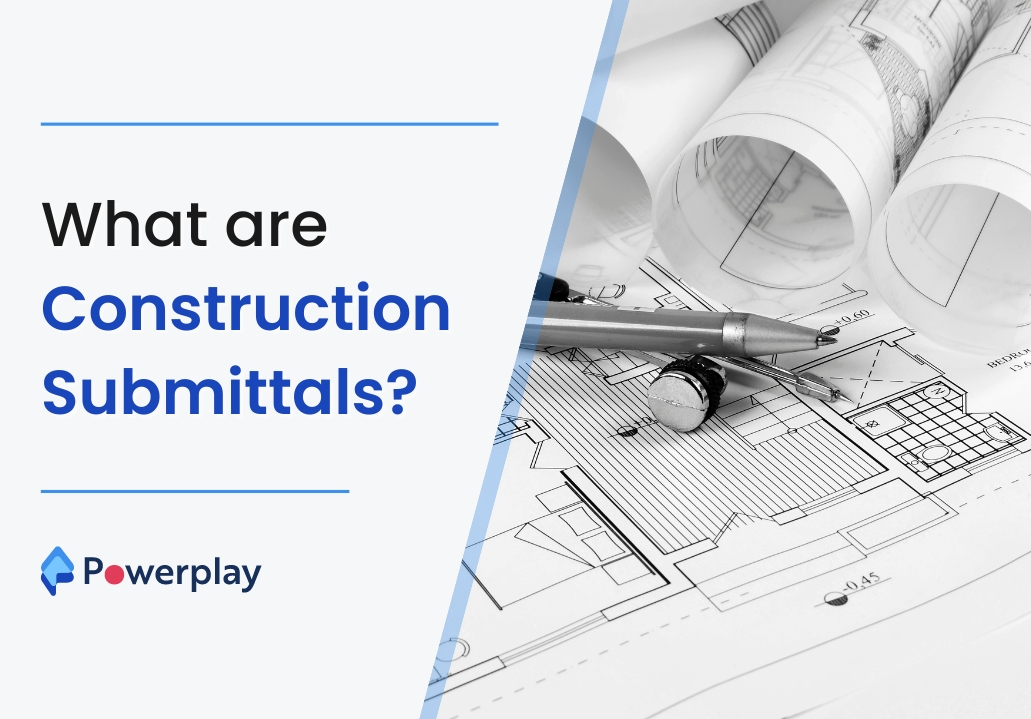Uses of Drones in Construction Sites
-
Kumar Abhishek Anand
- February 5, 2024
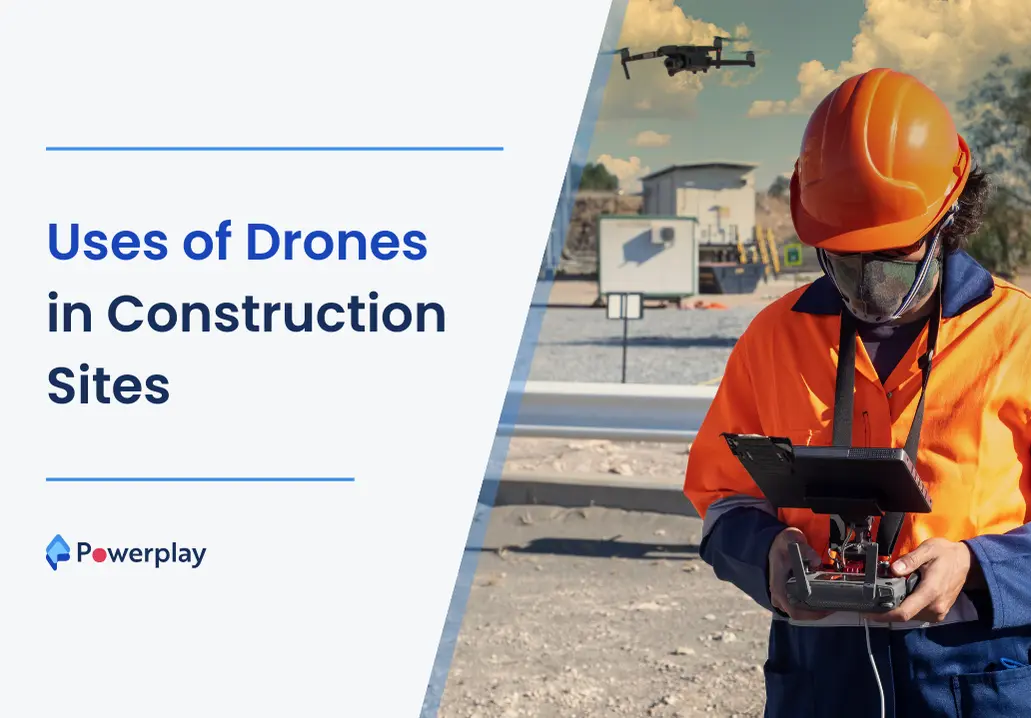
Drones, also known as unmanned aerial vehicles (UAVs) are compact and can be used to perform tasks that may be difficult and far fetched for manual processes. The use of drones in the construction industry has seen about a three fold increase in the recent years. Drones help in collecting aerial footage of the construction site before, during and after the project as per requirement and easing of tasks.
The advantage of using drones over manual construction methods is the fact that it saves time, extra effort and reduces the risks involved. Drones are viable tools that offer benefits ranging from on site safety to remote monitoring. It provides construction contractors with broad, accurate and detailed aerial information. In short, drones have revolutionized the entire scene of the construction industry right from inception of a project until its completion.

Drones can perform a large number of functions and have multiple accessibility provisions that help in efficient completion of tasks on construction sites. The drone camera feed after being processed through a photogrammetry software can be used to map out inaccessible areas, give an expansive view of the construction sites, create digital elevation models(DEMs), orthophotos, point clouds for 3D analysis, etc.
Table of Contents
ToggleDriving the Construction Industry
On the whole, drones can provide a range of services on construction sites that drive the construction industry. Some of the ways in which drones are driving the construction sites are:
-
Initial surveys and Topographical Mapping–
Drones can be used in initial surveys for accurately mapping out inaccessible areas coming under construction sites. Drones footage can provide historical land features that may impact the project. For large scale and complex construction projects, topographical mapping is essential to avoid blunders in designing layouts not suited for the terrain. Mapping via drones helps save a lot of time that may ultimately result in keeping the project on schedule.
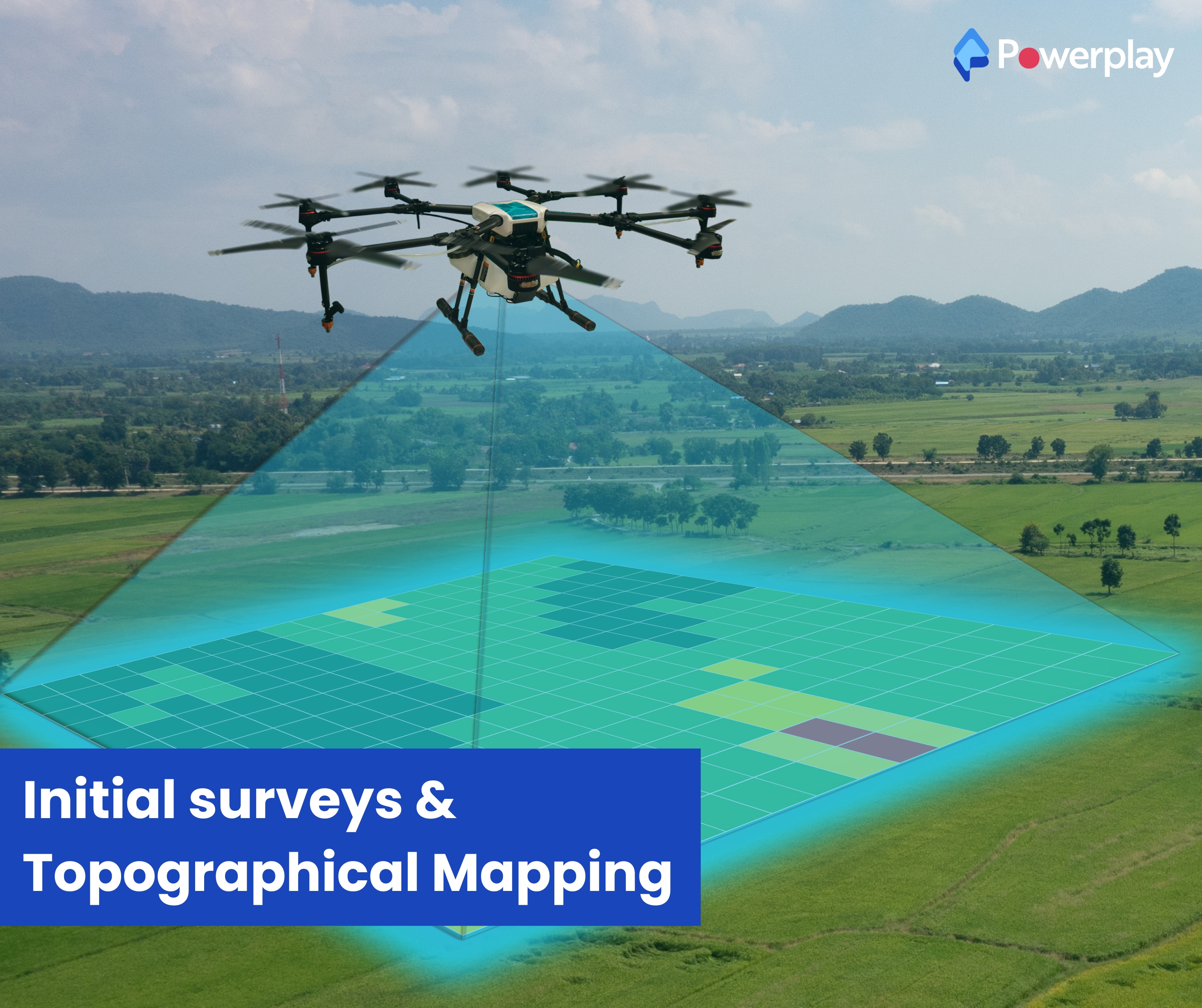
-
Remote Progress Monitoring–
Drones offer the opportunity to clients to check progress of the project directly from site via aerial feeds from drones when they can’t be present on site. They can compare the planned and actual status of the project and whether their investment is being utilized efficiently. Using drones on site not only assists clients but also incorporates internal collaboration among the construction team. Drones provide efficiency and accelerate the production of progress reports, thus saving time and money.
-
Equipment Tracking–
Usage of drones in construction sites help in easy tracking of equipment on sites. It helps to check if the equipment is functional and in the correct location. Drones also help to recognize equipment that needs to be removed from site to prevent chances of accidents and extra costs related to it.
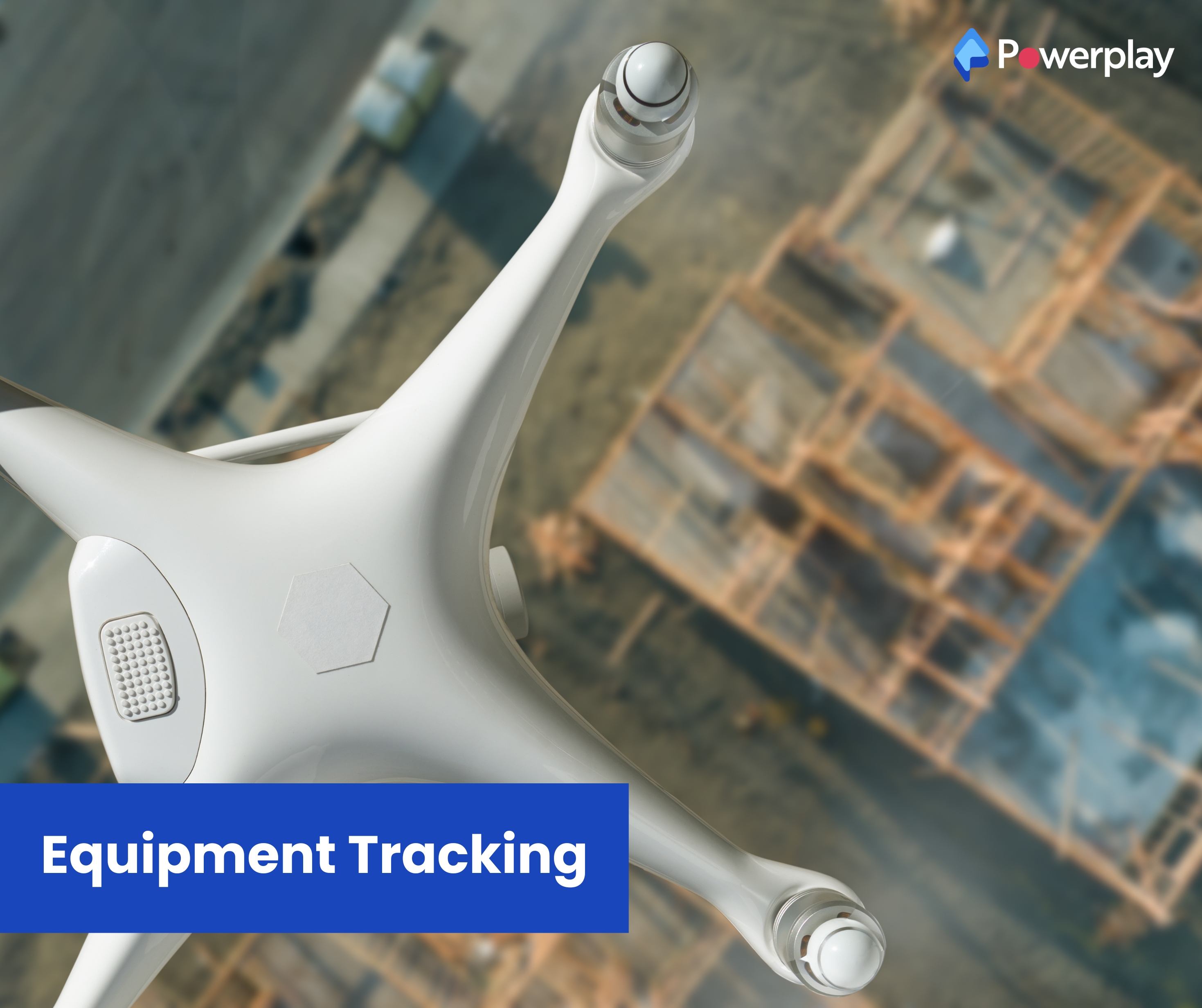
-
Security and Maintenance–
Drones provide security to construction sites by enhancing logistics and asset management. It can be used to track construction sites for unauthorized individuals and any breach in security. It ultimately helps in avoiding theft issues on site that may cause huge setbacks to the contractor’s pocket.

-
Risk and Safety Management–
Drones can be used for inspection and assessment of areas where working personnel cannot tread. These areas like dilapidated structures, hazardous leaks from structures, inflammable components, etc can be risky for the employees. Drones can replace employees for work related to heights that may pose a threat to their health and safety.
-
Facilitation in Transport–
Movement of supplies in construction sites is a common scenario to witness. Safe and efficient transport of logistics through manual means is not possible. Using drones to track these movements and guide me as per the tasks on site help in its smooth transportation. Drones can also be used to transport small packages that it is capable of carrying instead of site vehicles.
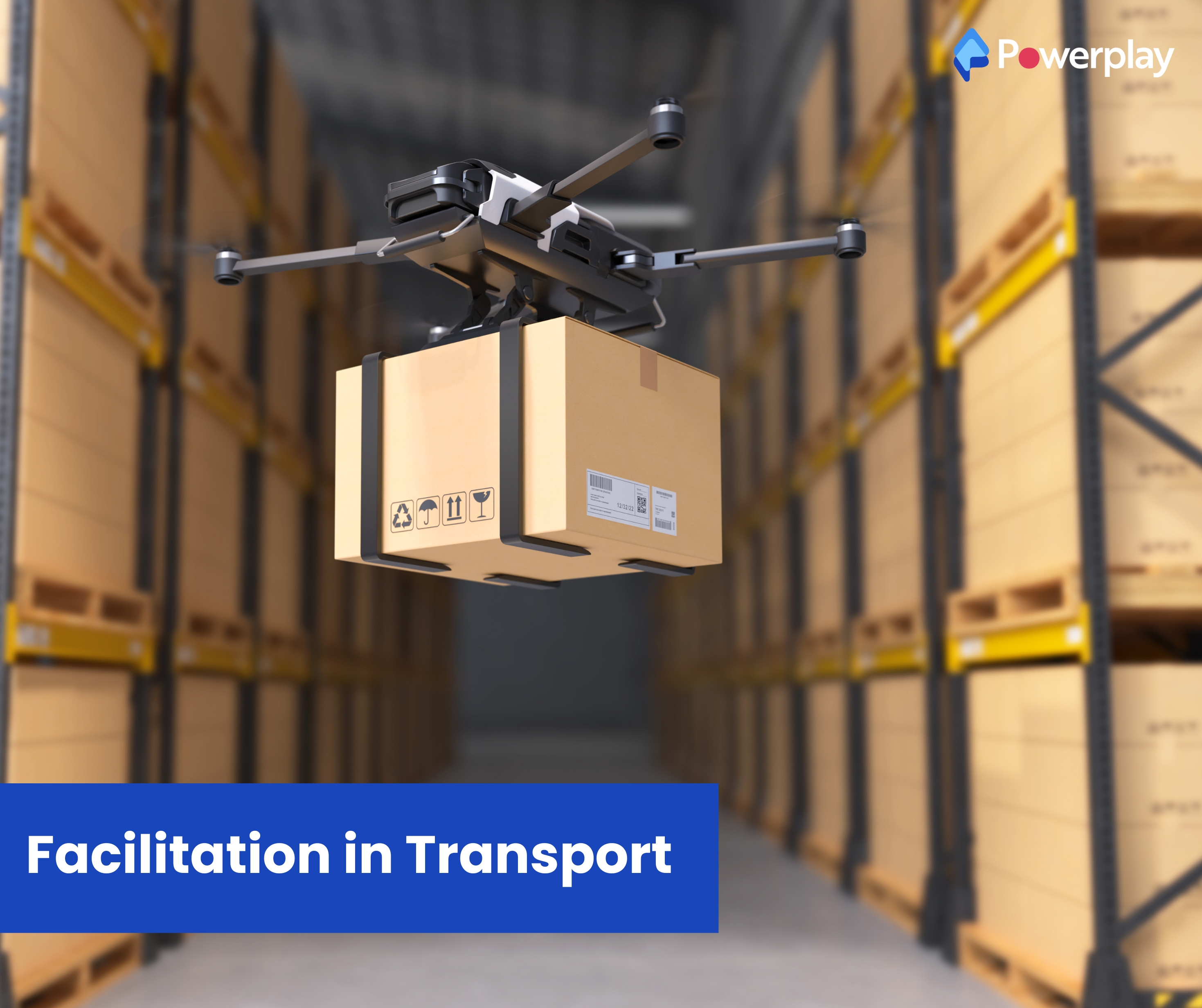
Conclusion
In conclusion we see how this new era is growing with new construction software and technologies, with the present growth rate and developing status of the construction industry, use of drones on sites must be made familiar to the entire site crew. Contractors must be acquainted with drone regulations and drone functions to efficiently use it to the project’s advantages. In the coming time, contractors must focus on training personnel for operating drones and updating skills related to it.
Share
Kumar is a digital content professional with more than 2 years of experience in Blog writing, copywriting and scripting. His passion lies in the art of creating convincing content that plays a major role in converting leads for SAAS businesses.
